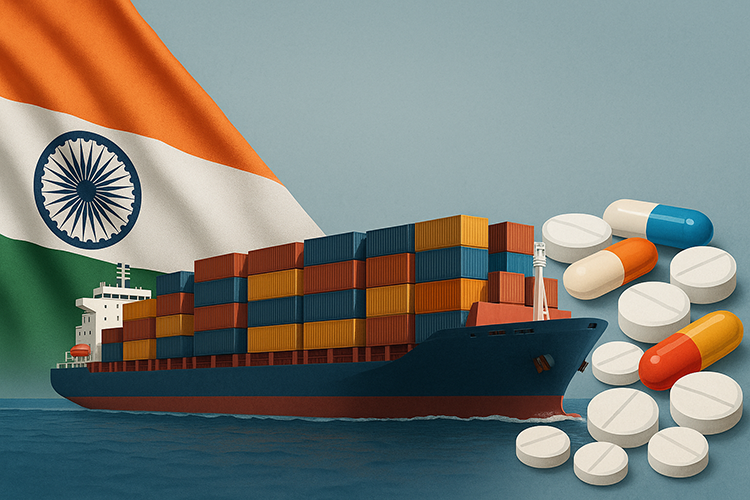India Seeks to Diversify Pharma Exports Beyond the US to Reduce Trade Risks
India’s pharmaceutical export sector has grown strongly, but its heavy reliance on one market leaves it exposed to geopolitical risk. In Fiscal Year 2025, India’s export of drugs and pharmaceutical products totalled about US$30.5 billion, up roughly 9.3 percent from the previous year. Industry analysts and government sources believe the sector can double to around US$65 billion by 2030, assuming continued momentum in regulated and semi-regulated markets.
The United States remains by far India’s largest destination for pharma exports, absorbing over one-third of the total. In FY 2025, exports to the U.S. were approximately US$10.5 billion, forming a dominant share of India’s pharma trade. Officials have made clear that their goal is not to reduce trade with the U.S., but to diversify in order to reduce vulnerability to shifts in U.S. trade policy, tariffs or regulatory changes.
To that end, India is actively pursuing growth in other destinations. Countries such as the United Kingdom, Brazil, the Netherlands and Russia are being promoted as potential avenues for export expansion. In FY 2025, exports to the UK stood around US$914 million; to Brazil, about US$778 million; to the Netherlands, approximately US$616 million; and to Russia roughly US$577 million. The government and industry bodies believe increasing export volumes to these countries—and to other markets in Africa, Southeast Asia, and Latin America—will lessen the country’s dependency risk.
However, diversifying export markets is not without challenges. Many of the target countries enforce strict regulatory standards, complex approval processes, and in some cases, strong intellectual property frameworks that can disadvantage generic or low-cost medicines. Russia and the Netherlands, for instance, have bureaucratic and regulatory hurdles that slow market access; IP rules in European markets may require negotiations or adaptations.
India’s strategy thus balances maintaining its strength in the U.S. market with opening up new trade channels. Policymakers and pharmaceutical exporters consider a broader export base essential for resilience. By focusing on adjacent markets where regulatory alignment can be improved, and leveraging existing manufacturing and compliance capabilities, India hopes to guard against trade pressures without sacrificing growth.
If the plan succeeds, India will reduce its geopolitical exposure, strengthen its global pharma footprint, and build a more robust export model—one less dependent on a single marketplace and more diversified in both geography and regulatory environment.
© 2025 www.cijeurope.com








